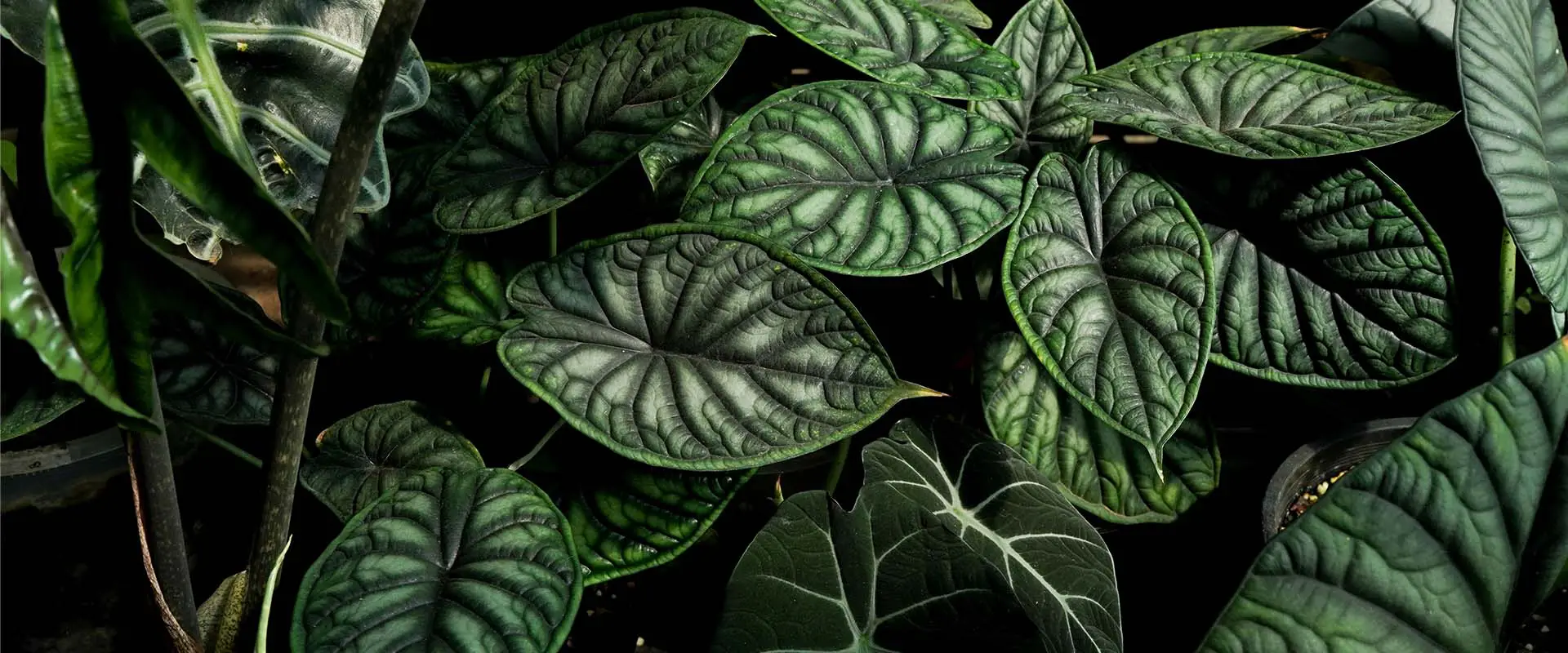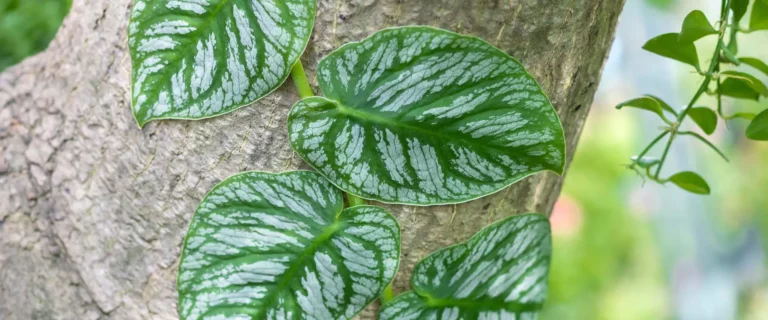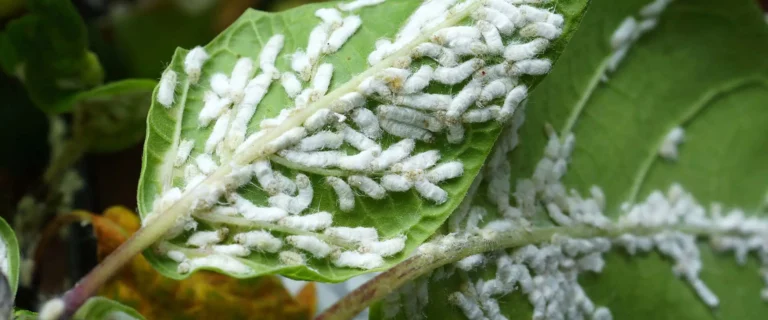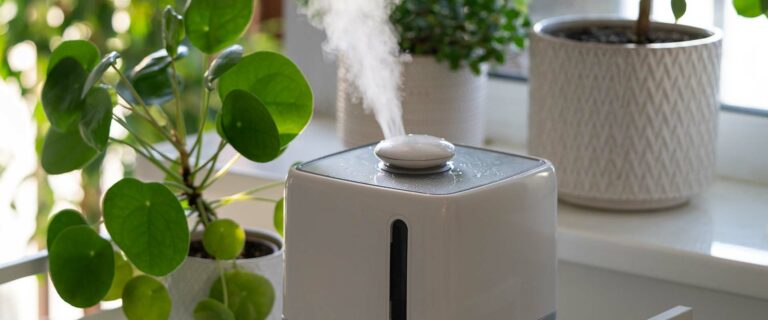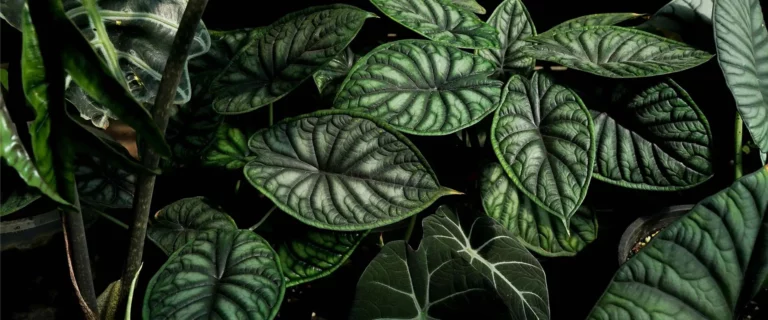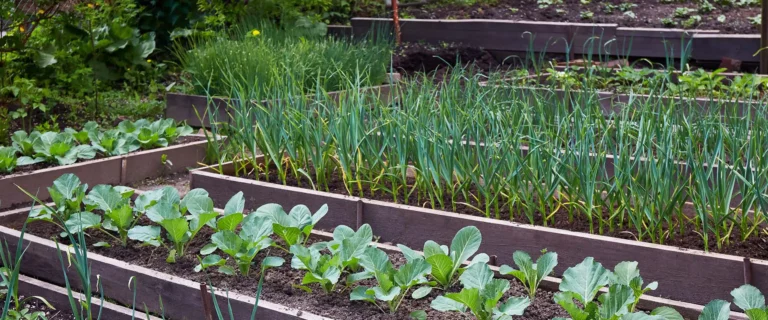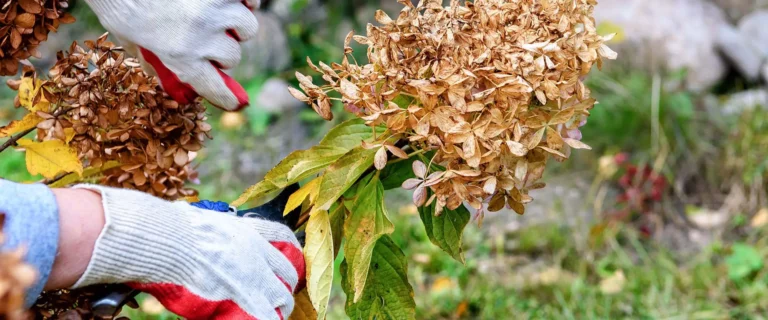Joy, our houseplant guru here at The Gardener’s Center, is here to talk all about alocasias, an increasingly-popular houseplant. Also known as Elephant Ear, many gardeners recognize the big, green, arrowhead-shaped leaves on this tropical plant that typically lives outside in the warmer months.
However…
Alocasia plants have turned into a “hot ticket” over the last few years, with lots of different, beautiful hybrid varieties that aren’t just for outside.
These are tuberous plants, so if you have an “outside” alocasia that you would like to keep and save for the following spring, you can treat it just like you treat your dahlias. That means you dig the tubers up and clean them off, make sure there are no “squishy bits,” and store them in peat moss or vermiculite in a dry, dark, cool place, ready to be planted and enjoyed the next year.
Why are Alocasias so Popular?
Well, they’re simply amazing. Native to Thailand, Indonesia and eastern Australia, some alocasias can get up to four feet tall with leaves that can be 20 inches long. Pretty impressive, right?
On the other hand, some are slow growers and stay fairly low, growing out rather than up. Lots of different sizes and varieties!
Years and years ago before the houseplant boom, Alocasia amazonica—also known as Alocasia polly or The African Mask—was a popular “exotic” plant.
Skip forward to today and there are SO many varieties available! Some are crossbreds, some are hybrids. They have different textures, vein variegation and color, as well as, according to Joy, some badass names!
For example, Alocasia dragon scale has highly textured leaves that resemble, well, dragon scales. What could be cooler than that? (Joy has confessed that she feels like she’s Khaleesi, Mother of Dragons. You go, Joy!)
Alocasia pink dragon has shiny dark green leaves and light pink stems. Alocasia dragon tooth, on the other hand, has dark leaves that are almost black with bright white veining, while the undersides are purple.
Alocasia quilted dreams has a natural shine, with glossy green leaves that have wavy margins, giving them a puffy, quilted appearance.
What? They Also Flower?
Sometimes, the alocasias will flower, although they’re not known as a flowering plant.
When they do, the bloom looks like a cross between a peace lily and a calla lily, but it’s not their best feature.
It’s fine to leave the flower if your plant blooms, but Joy suggests cutting it off as it takes a lot of energy away from the magnificent leaves with their beautiful texture that alocasias are known for.
Propagating Your Alocasia
If you decide to try and propagate this tuberous plant, there are a few ways to do this. Some people take leaf cuttings, although Joy says you may not get good results this way.
Another method can be used when you have a full plant, and can take out the “mother” or main section, leaving a few leaf sections intact.
You will need some type of sealant to protect the open wound you caused in the plant. The main section you cut out will need to be put in a nice, draining soil with, say, peat moss or vermiculite.
The last and best way, according to Joy, is to pull the alocasia out of its pot, loosen up the soil, and the tubers will start to separate.
Take a small tuber that has a couple leaves attached to it and you’re good. Put it in a little soil and you have your second plant.
Caring for Your Alocasia
These are tropical plants, so it’s super important to give them humidity. This may require more effort during the winter months when it may be drier in the house.
If you don’t have a humidifier, a nice trick can be to bring your alocasia into the bathroom when you shower. Or if you have enough light in the bathroom, you can let it live in the bathroom.
(Lauren, our Container and Floral Design Guru, has an “alocasia jungle” in her bathroom and her plants thrive in there!)
Alocasias like bright to moderate indirect light and during the winter, it’s natural for them to go dormant. In their native areas, they’re perennial — so in the winter, it’s a good idea to ease back on your watering.
In fact, let the soil go almost completely dry. As it gets warmer, give them a good, thorough drink.
In the summer, during their growing season, you’re going to want to keep that soil a bit more moist. Let the top inch of soil get dry before giving it another good drink.
Another way to “turn them on” is to put your alocasias outside during the summer. Keep them in a shady spot, not in direct sun, and they’ll “double in size” by the time they’re ready to come back in. Be careful because—remember—some can get huge leaves and you want to be prepared for that.
Alocasias are beautiful plants! So much texture, so much variegation, really cool names, and really not that hard to take care of as long as you pay attention to their humidity needs.
An alocasia is a great addition, whether you have a plant collection or are just getting started!

